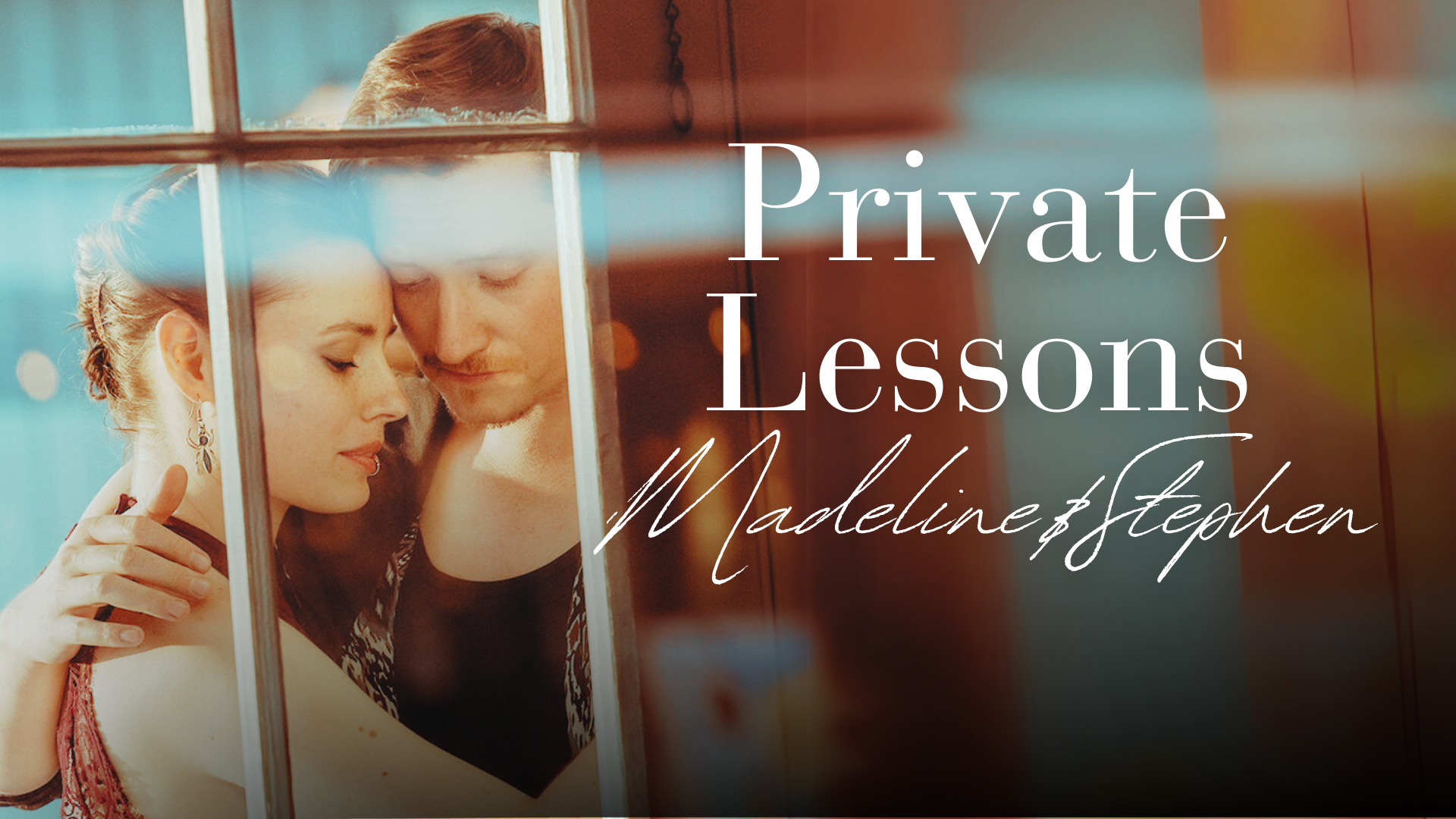
We are Students of Tango…
As we continue our exploration of Argentine Tango, we wish to share our insights and experiences with you, creating comfortable environments where we can collectively discover the beauty of tango.
-Madeline & Stephen
-
Join us for Argentine Tango classes on Tuesdays at The Firehouse 5. Each evening includes a beginner-friendly fundamentals class followed by a mixed-level class and a social “práctica”.
7:00p - Fundamentals
8:00p - Explorations
9:00p - Practice
Pay what you can: $0-$15 (sliding scale) for the evening.
-
Join us for tango’s other rhythms, milonga and vals at The Firehouse 5. Each evening includes a beginner-friendly milonga class followed by an intermediate/advanced vals class and a “Práctica”.
7:00p - Milonga Basics! (Beginner-friendly)
8:00p - Vals Basics!
9:00p - Práctica
Pay what you can: $0-$15 (sliding scale) for the evening.
-
Monthly Milongas:
Mark your calendar for the 1st and 3rd Saturdays each month at The Firehouse 5.8:00p Social Dance ‘til 11:00p +
Pay what you can: $0-$15 (sliding scale) for the evening.
-
Madeline & Stephen host a Follower's Technique Class and a Leader's Technique Class every Sunday morning at The Firehouse 5. These are two seperate classes that occur simultaneously.
11:00a - Follower’s Technique
11:00a - Leader's Technique
Pay what you can: $0-$15 (sliding scale) for the evening.
All Tango Schema classes are currently being held at The Firehouse 5 - 2014 9th street in Sacramento



